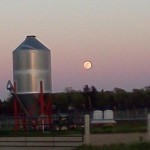
MacFarlane Pheasants Bought Three New Ford Cargo Vans to Deliver Chicks and Eggs
On March 20, 2019, three new high roof cargo vans with gas engines went into service at MacFarlane Pheasants, Inc. We bought them because we needed vehicles that were 100% reliable and we had been having some problems with the Sprinters. We feel confident that these vehicles will meet our [...]
Read Post
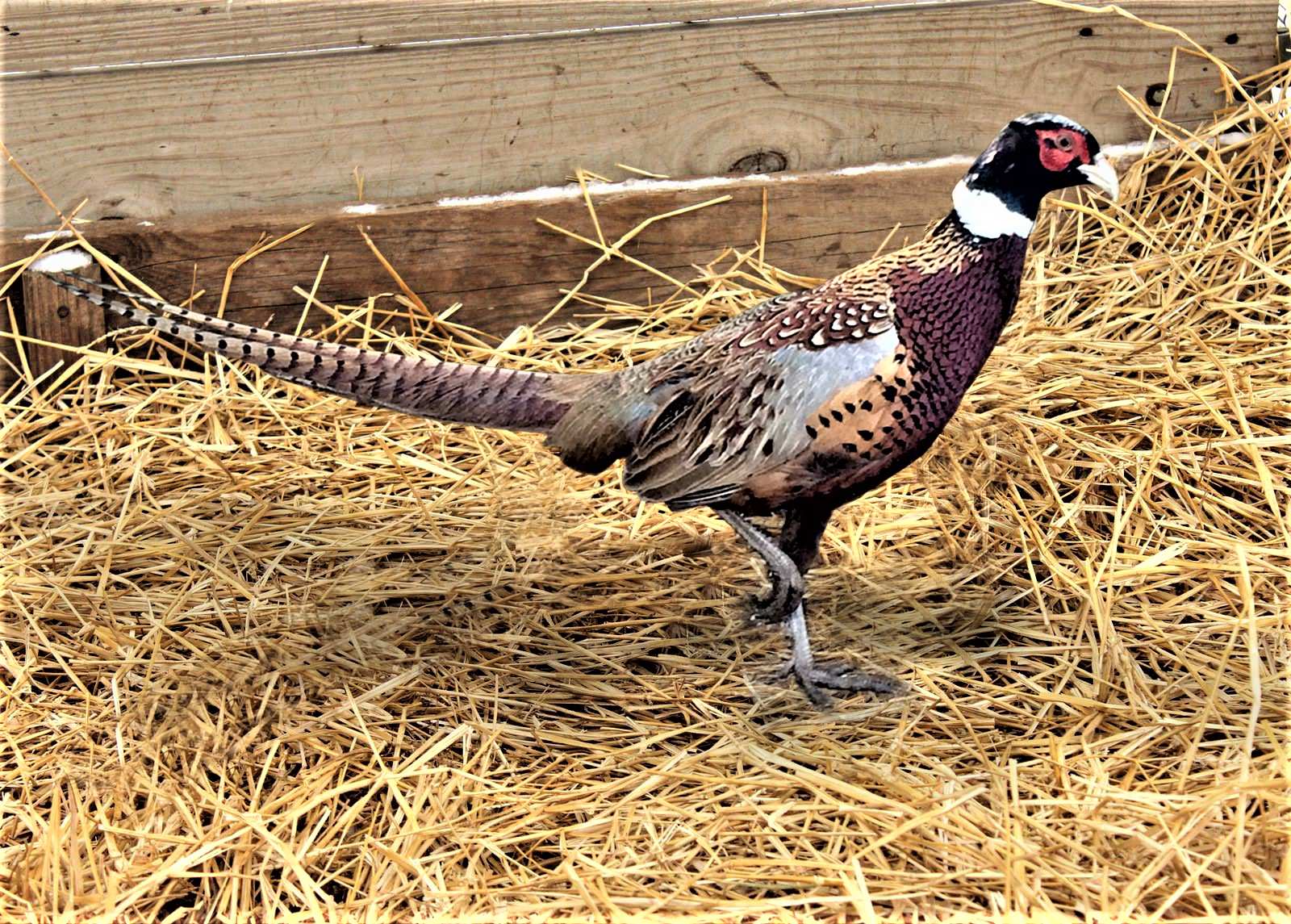
Life on MacFarlane Pheasants’ Milton, Wisconsin Farm
Our Milton farm has about 40 acres under nets. We have three brooding barns and raised about 72,000 pheasants this year. We predominately raise the Kansas strain. What we call Kansas birds were bred and developed by the late Bernie Janssen, a longtime gamebird farmer from Kansas. Bernie bred his birds [...]
Read Post
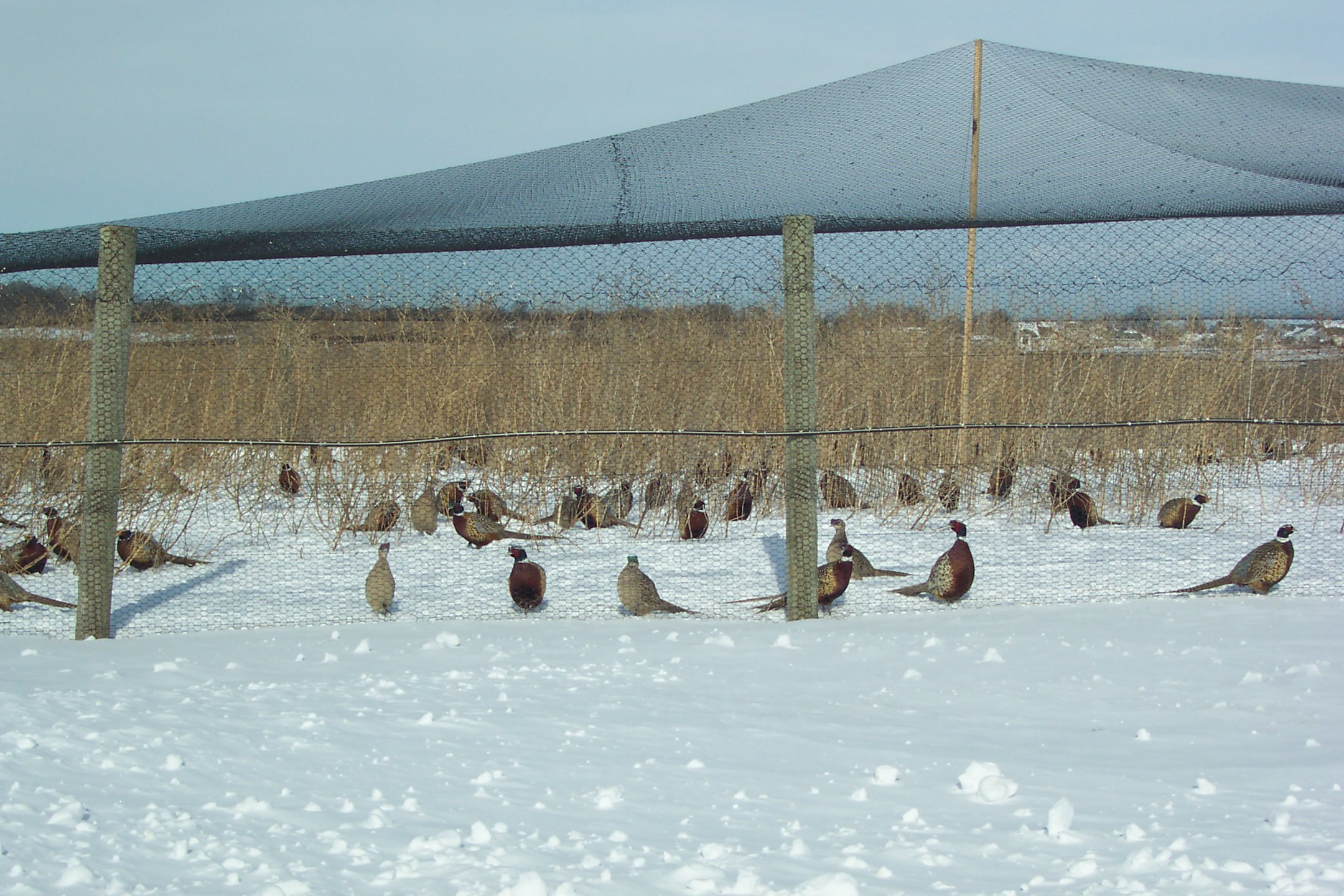
How Do We Triage a Major Weather Event at MacFarlane Pheasants Inc.?
Major snowstorms or freezing rain events can be disastrous at MacFarlane Pheasants! Before and after these events we have a plan to protect our game birds. We watch the weather carefully and check our birds night and day during the winter to be sure all heaters are working, that our [...]
Read Post

The Miller Farm
MacFarlane Pheasants raises pheasants in Wisconsin, Missouri, and South Dakota. The South Dakota farm is leased and we call it the Miller Farm. It is located about 10 miles outside of Miller, South Dakota. The farm was a pheasant production facility when we started using it. The owner contacted MacFarlane [...]
Read Post
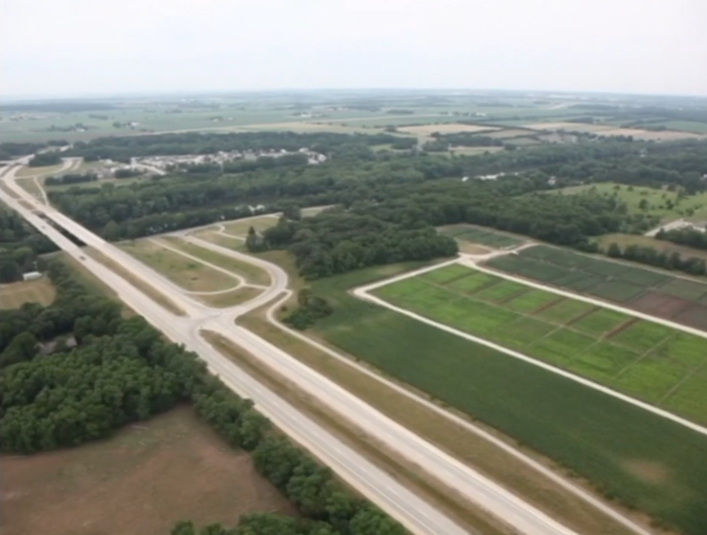
The Effects of Rain on a Pheasant Business
Brian Check, one of our farm managers at MacFarlane Pheasants, Inc. thinks about rain as a “four-letter word” for too much or not enough. Both cases change our seasonal chore routines and affect our pheasants and other wild birds. We have over 100 acres of pens and thousands of birds [...]
Read Post
Extreme Heat Requires Extra Precautions
Troy Cisewski, MacFarlane Pheasants’ Production Manager, takes extra precautions when the weather becomes extremely hot. The 90+ degree weather this past week has resulted in some changes to his crew’s daily activities. Breeder hens lose their interest in eating when it gets too hot and if they don’t eat and [...]
Read Post
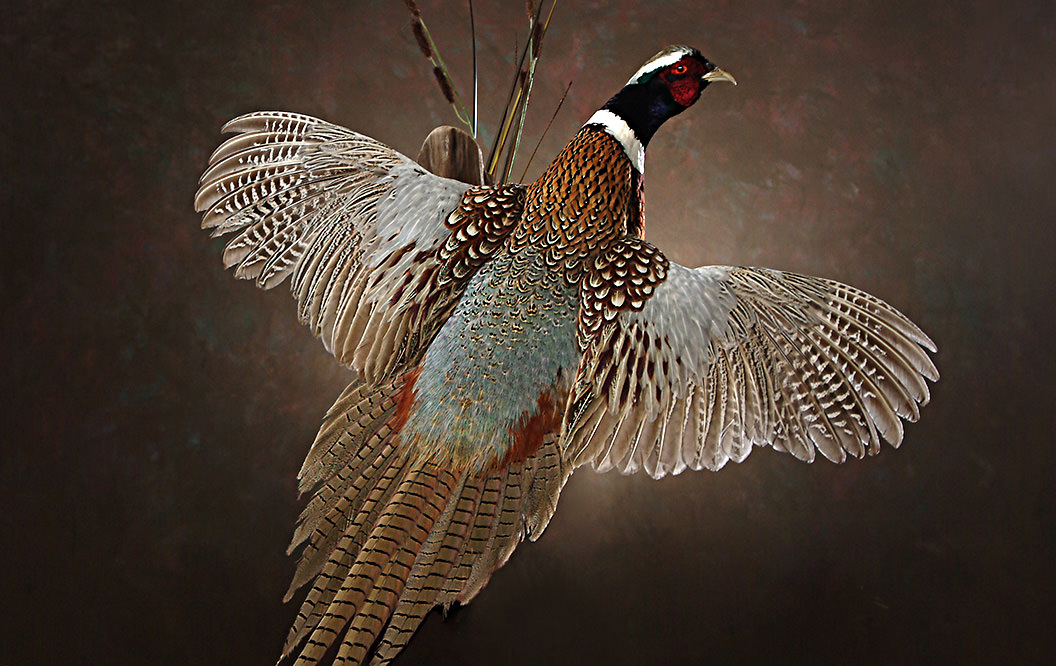
Birds For Mounting
Many people are not aware that MacFarlane Pheasants, Inc. provides birds for taxidermists! Taxidermists mount birds for hunting enthusiasts. They also enter their work in competitions. Preservation of the birds is as either a table or wall mount, depending on the requests of the buyer. Anyone can visit our website [...]
Read Post

Winterizing Pens Keeps Game Bird Farmers Busy
On any given day at MacFarlane Pheasants, 3-6 people are kept busy winterizing the pens that hold pheasants, partridges, and huns. Typically, this work begins in October, as the temperature starts to get colder. The process we follow is repeated yearly, during the fall. Just like many jobs on a [...]
Read Post
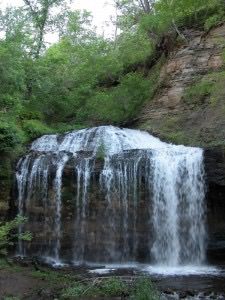
Clean Water is the Life Blood of Living Things
Water is needed for all of the organic processes necessary for life. It regulates body temperature, digestion, and elimination of waste. Game birds consume at least twice as much water as feed and it is a big responsibility at MacFarlane Pheasants to keep our water clean and flowing. It is [...]
Read Post
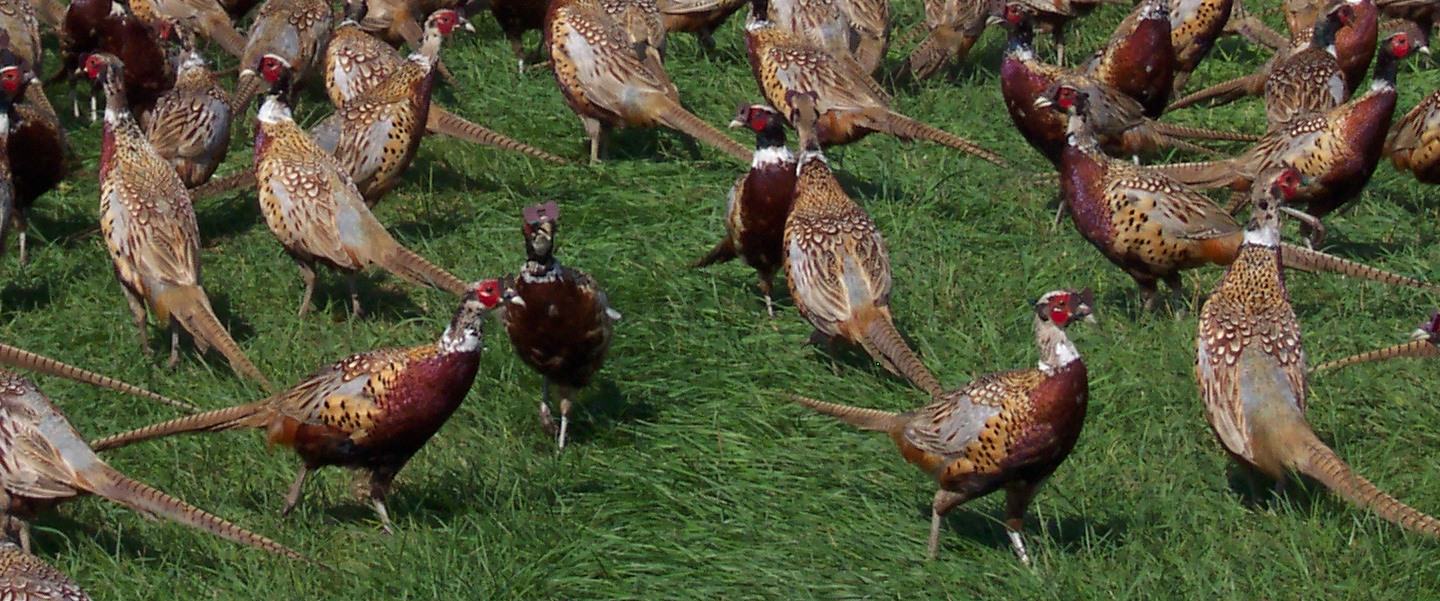
Who Benefits from Our Feed Truck?
The feed truck pictured here, has been in use for about a year now at MacFarlane Pheasants. In the past we had feed delivered from a third-party vendor. The feed truck purchase has definitely improved our ability to take charge of our feeding schedule and costs. Our truck holds 15-18 [...]
Read Post
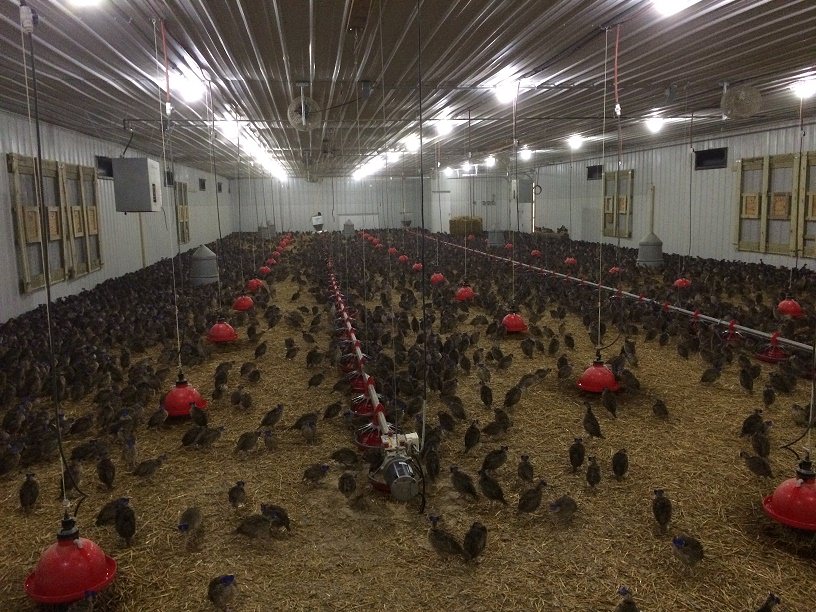
Is An Alarm System Needed On Our Farm?
Is an alarm system needed on our pheasant farm? The answer is yes, if we want to sleep at night! Having consistent temperatures is crucial to the success of raising our chicks. The most important use of an alarm system is to detect temperatures that get outside of our desired range. [...]
Read Post

Successful Introduction of Pheasants to a New Property
There are two different strategies for introducing pheasants to a new property. Regardless of the strategy used, it is important that you prepare your property in advance as a good habitat for pheasants. Grasslands with low to medium grasses, wetlands, croplands, brush, shrubs and idle fields would be a good [...]
Read Post
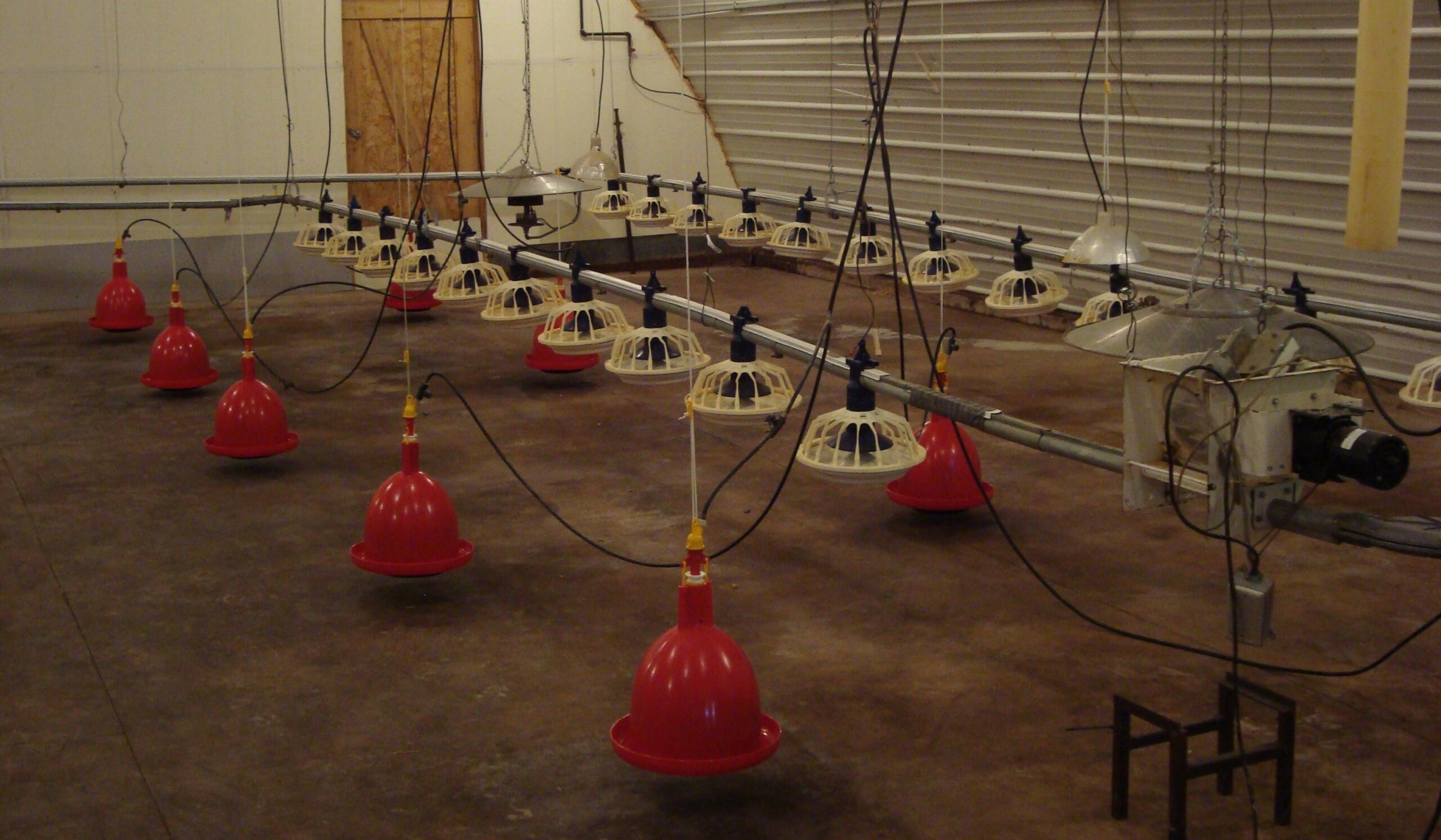
6 Feed and Water Procedures to Keep MacFarlane Pheasants Healthy
Feed and water are the life source for our game birds. Our system for making sure our pheasants and other game birds stay healthy, by receiving proper hydration and nutrition, has 6 main procedures: We check feed and water systems daily, and each time we enter a room or pen [...]
Read Post
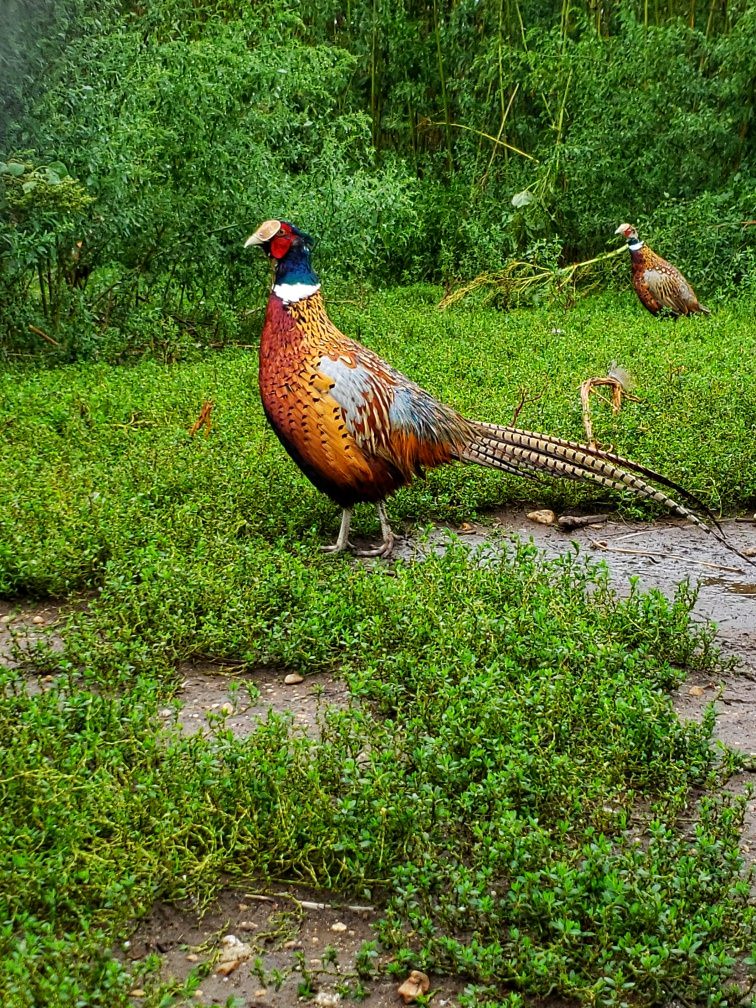
Secret to a Successful Business Plan
MacFarlane Pheasants, Inc. didn’t get to be so successful without a plan. We began by developing core values, followed by a mission for our business and careful communication with every employee on the farm. We believe our plan can effectively help any business owner get on the right track toward [...]
Read Post
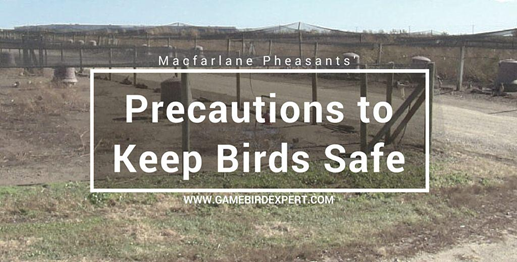
How to Protect Pheasants From Wild Birds and Ground-Dwelling
Predators The protection of our pheasants and the other game birds we raise is a high priority at MacFarlane Pheasants, Inc. Wild birds are a hazard we can’t afford to ignore! Birds of prey, such as red-tailed hawks, turkey vultures, and even bald eagles, prey on our pheasants. Starlings populations [...]
Read Post
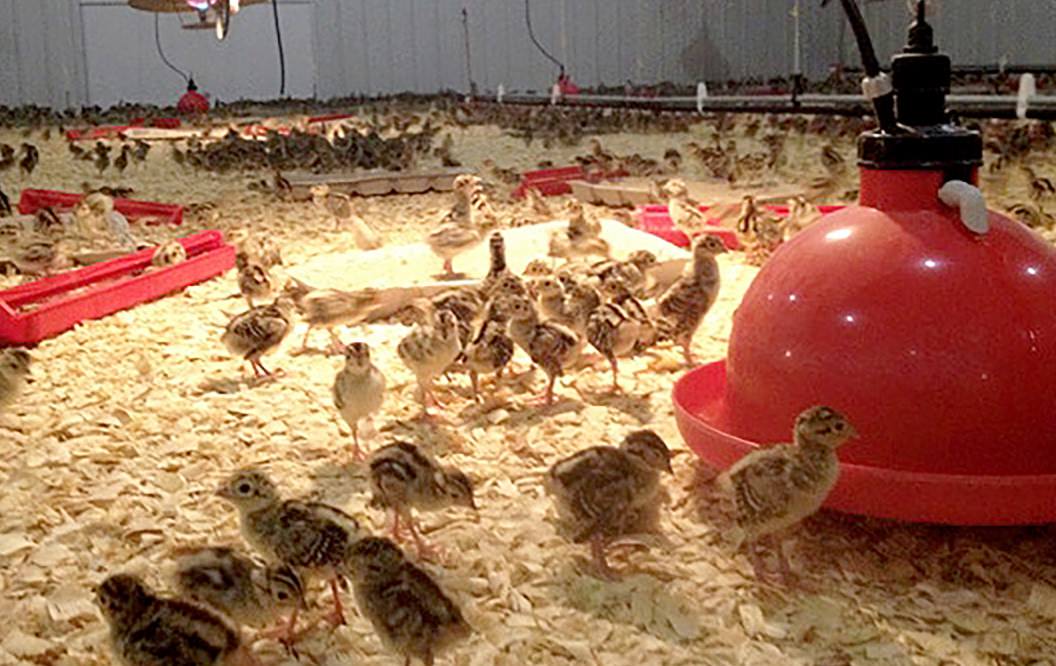
The One Tool No Pheasant Farmer Should Do Without
You might wonder how we remember what we did last year that worked so well in the brooder barn or how to best take care of the Winter White Pheasant or the Hungarian Partridge. We keep track of details in our employee manuals. These topics and just about every other [...]
Read Post

Game Birds Stay Healthy With Daily Monitoring
Monitoring of feed consumption is an essential component of making sure our birds stay healthy. One of the first signs of a sick bird is that they stop eating and drinking. This is why we are vigilant about checking our feed and water systems and our birds morning, noon, and [...]
Read Post
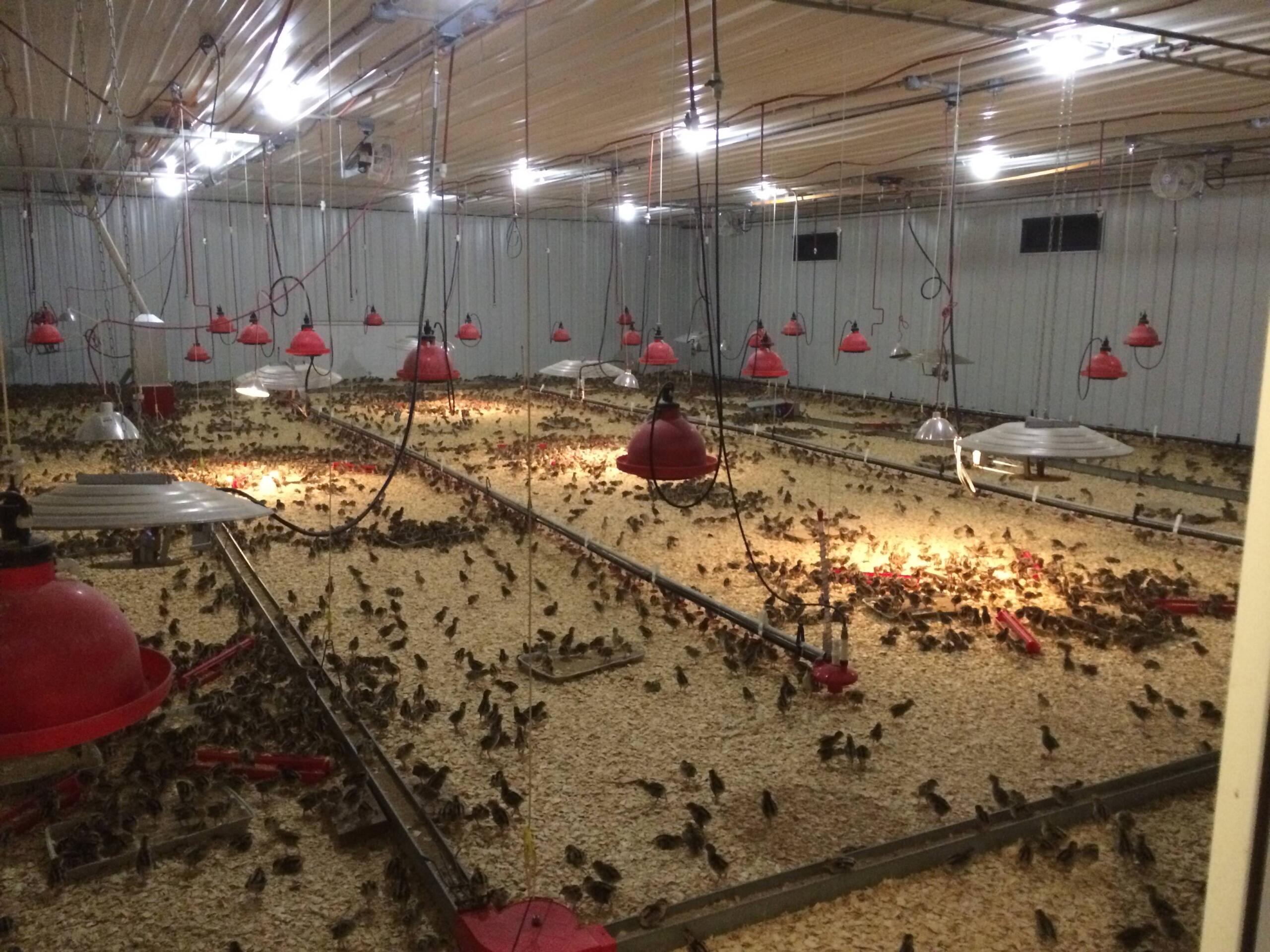
Importance of Water Line Sanitation
Water is essential for life and is considered an essential nutrient. Death will occur quickly in both plants and animals when insufficient water is available. Good quality water will also give a better quality of life to both plants and animals so it is very important to make sure you [...]
Read Post

The History of MacFarlane Pheasants, Part 2: All in the Family
Editor’s note: This is Part 2 in a three-part series detailing the rich history of MacFarlane Pheasants, a business that began 86 years ago and has since grown into the largest pheasant farm in North America. Special thanks to the MacFarlane family for providing archived documents and information. Don and [...]
Read Post
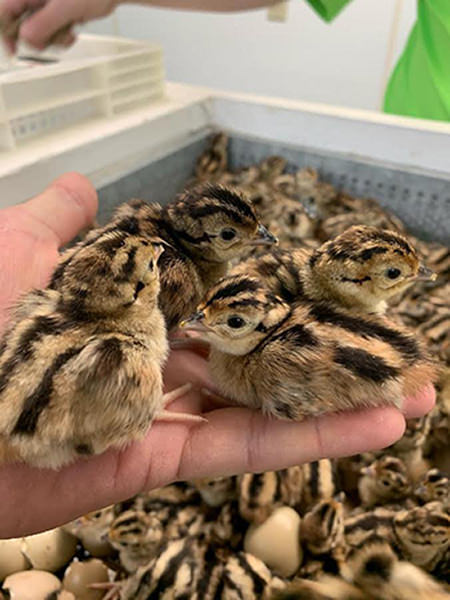
Planning Ahead for Newly Hatched Chicks
One of the more exciting moments on our farm is when baby chicks begin to hatch. However, there are many steps to complete in the brooder barns before hatching begins, to prepare for the 500,000 chicks we hatch each year. Planning Ahead Set up a master schedule of when we [...]
Read Post

